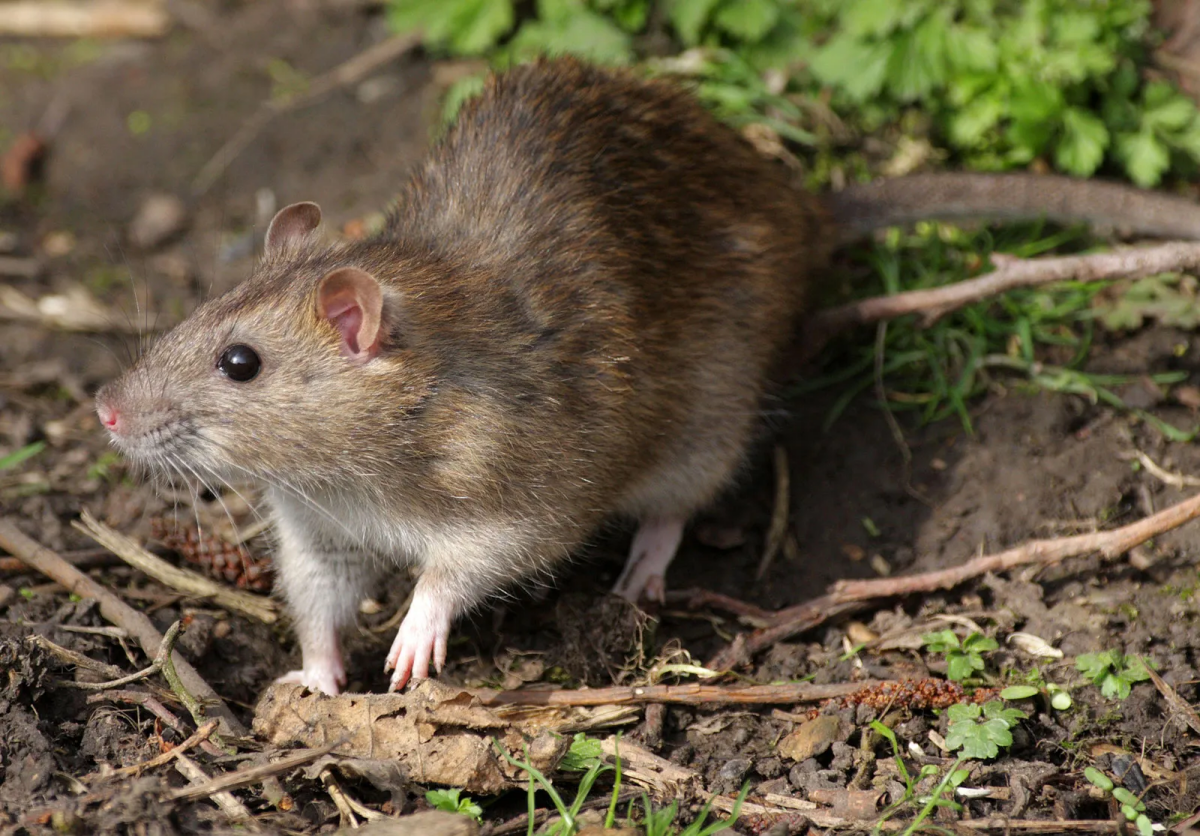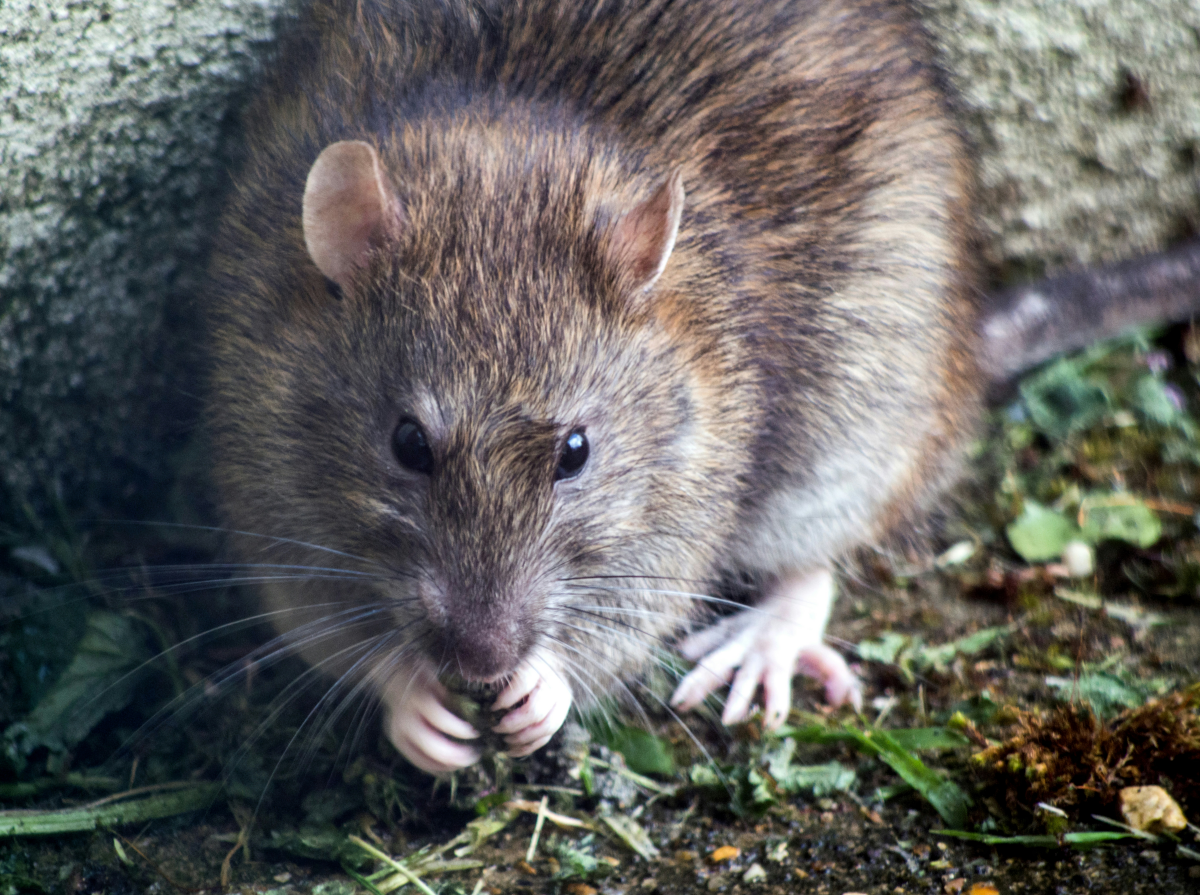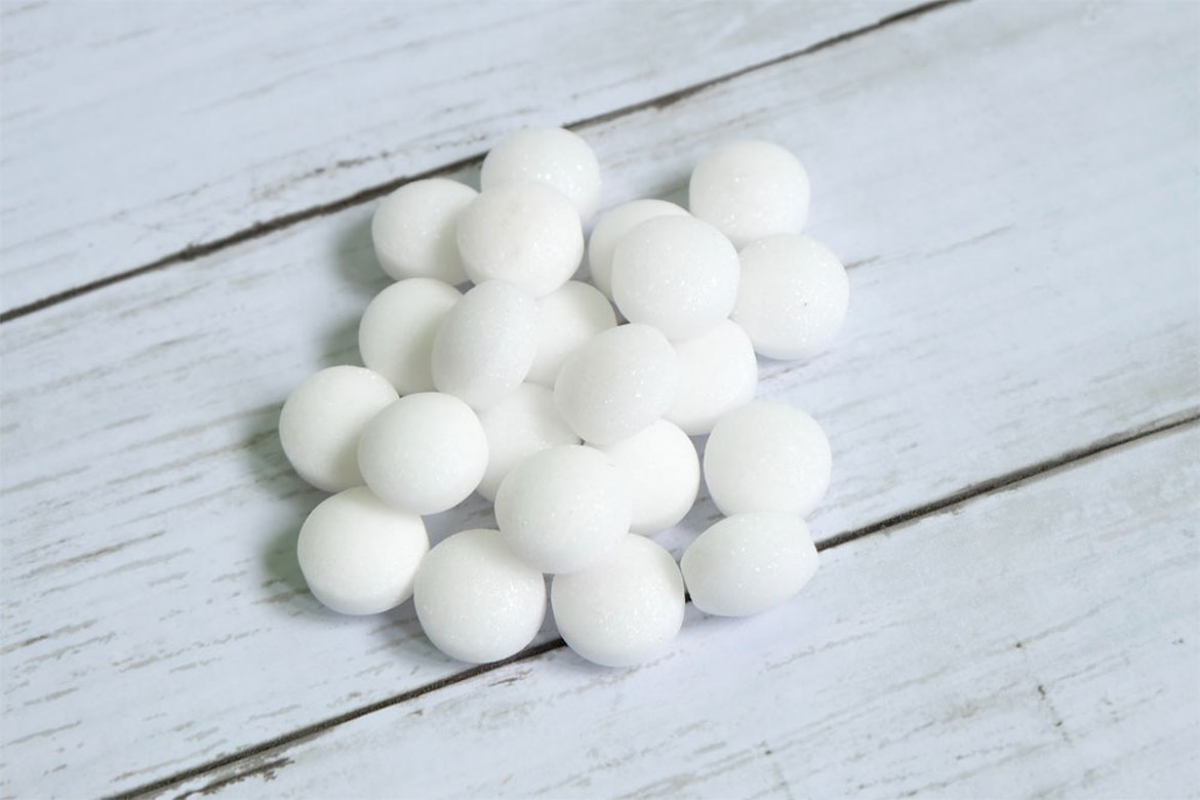Rat Repellent Magic: 7 Simple Ways To Deter Rodents
In our homes, the crannies and quiet spaces often become unwitting sanctuaries for unwelcome guests, like rats. These crafty rodents, sneaking into our living spaces, transform our peaceful havens into their playgrounds. The presence of rats is more than just an inconvenience. They pose significant health risks and can cause extensive damage to our property. They gnaw through wires, contaminate food supplies, and spread diseases. But there is a beacon of hope in this struggle. Nature offers a potent arsenal in the form of homemade rat repellents. These natural solutions are not just a testament to eco-friendliness and general safety but also stand as effective weapons against these pesky invaders. By embracing these methods, we can maintain our homes as safe, chemical-free sanctuaries, while effectively keeping rat infestations at bay. So, let’s see some of the best rat repellent tricks we have up our sleeve.
These crafty rodents transform our peaceful havens into their playgrounds
In this article
Rat Repellent Tricks
Conventional rat control methods, such as commercial poisons and mechanical traps, often promise quick results but come with considerable downsides. The use of chemical poisons is fraught with dangers, especially in homes bustling with the innocent curiosity of children and pets. These toxic substances pose serious health risks and can harm more than just their intended targets. Similarly, traditional traps often raise ethical concerns due to their inhumane nature. So, it’s no surprise that the allure of natural remedies shines brightly. Turning to these humane and non-toxic alternatives not only effectively repels these unwanted guests but also preserves the sanctity and safety of our living spaces. In the following sections, we will delve into seven simple yet ingenious ways to deter rats. These rat repellent methods utilize everyday ingredients and tools, championing a harmonious balance between effective rodent control and environmental responsibility.
These rat repellent methods utilize everyday ingredients and tools
Peppermint oil deterrent
The refreshing scent of peppermint is more than just a pleasant aroma for our homes. It serves as a formidable deterrent against rats. Peppermint oil has an intense and invigorating fragrance. So, it is particularly overwhelming to the sensitive olfactory senses of rodents. To harness this natural repellent, simply soak cotton balls in peppermint essential oil and strategically place them in areas frequented by rats, such as basements, attics, or near potential entry points. It’s essential to refresh these cotton balls weekly to maintain their potency. This method not only keeps rats at bay but also infuses your home with a refreshing scent. As these small, fragrant guardians stand vigil, they create an invisible barrier that repels rodents, keeping your home serene and rodent-free.
Peppermint oil has an intense and invigorating fragrance
Ammonia solution
Ammonia has a sharp and penetrating smell. So, it acts as an excellent rat repellent, mimicking the scent markers of predators. This illusion triggers a primal fear in rats, driving them away from the perceived danger. To create this repellent, mix two cups of household ammonia with an equal amount of water and add a few drops of dish detergent to enhance the solution’s sticking power. Pour this mixture into small bowls and place them near known rat entry points or in areas where rodent activity has been observed. The pungent odor of ammonia serves as an invisible barrier, sending a clear message to rats that predators are nearby, thus encouraging them to seek refuge elsewhere. Regularly replenishing the solution ensures continued effectiveness and keeps your home a no-go zone for these unwelcome guests.
Ammonia has a sharp and penetrating smell
Ultrasonic sound
In the fight against rodents, technology offers a sophisticated and humane weapon: ultrasonic devices. These modern marvels emit high-frequency sound waves. These sounds are imperceptible to humans and most pets but highly disturbing to rats. These sound waves create an uncomfortable environment for rodents, effectively driving them away without causing them harm. Ideal for placement in areas like attics, basements, garages, or any spots where rat activity is a concern, these devices work silently and efficiently. By incorporating ultrasonic devices into your rodent control strategy, you can deter rats through a method that is both non-invasive and non-toxic, safeguarding your home with the latest in pest control technology while maintaining a peaceful and humane environment.
These modern marvels emit high-frequency sound waves
Mothballs
While mothballs are traditionally used to ward off moths and preserve clothing, they also possess properties that repel rats. Containing naphthalene or paradichlorobenzene. These small, potent spheres emit a vapor that is repugnant to rodents. To utilize mothballs as a rat deterrent, strategically place them in areas prone to rat activity, such as near entry points, in storage areas, or in dark corners of basements and attics. However, it’s crucial to exercise caution with mothballs, especially in homes with children and pets. They should be placed in locations out of reach and used sparingly, as they contain chemicals that can be harmful if ingested or inhaled in large quantities. While effective, the use of mothballs should be considered a supplementary measure, complementing other non-chemical methods in your comprehensive rat control strategy.
It’s crucial to exercise caution with mothballs
Spicy pepper mix
The pungent kick of spicy peppers, a staple in many cuisines, doubles as an effective deterrent against rats. The capsaicin in peppers like cayenne, which gives them their heat, is an irritant to rats. To create this repellent, mix a generous amount of ground cayenne pepper with water, forming a spicy spray solution. Apply this mixture around the perimeter of your home, focusing on potential entry points and areas where rat activity has been noticed. The strong, spicy scent acts as a natural barrier, repelling rats and encouraging them to seek more hospitable environments. Regular application of this mixture ensures a consistent boundary against these persistent rodents. Not only is this method effective, but it’s also environmentally friendly and safe to use around pets and children, making it an ideal solution for maintaining a rodent-free home.
The capsaicin in peppers like cayenne is an irritant to rats
Clove oil
Clove oil is famous for its warm, spicy scent. But it is also a natural rat repellent that can be easily utilized in any household. The strong aroma of clove oil is particularly offensive to rats, making it an excellent choice for deterring them. To use, soak cotton balls in pure clove oil and strategically place them in areas where rat activity has been observed. Common spots include behind appliances, in corners of basements and attics, and near potential entry points. The intense fragrance of the clove oil emanating from these cotton balls acts as an olfactory barrier, repelling rats and keeping them at bay. For continued effectiveness, replace the clove oil-soaked cotton balls periodically, ensuring that their scent remains potent enough to deter any adventurous rodents seeking to invade your peaceful home.
Clove oil is famous for its spicy scent
Onion and garlic solution
The robust flavors of onions and garlic are not just confined to culinary delights. They also serve as potent rat repellents. Both onions and garlic emit strong scents that are particularly displeasing to rats. To harness their repellent properties, chop fresh onions or crush garlic cloves and place them in small bowls. Distribute these bowls in areas prone to rat infestation such as basements, garages, and near entryways. The pungent aroma acts as a natural deterrent, creating an invisible barrier that repels rats. However, this method requires regular maintenance, as the effectiveness of the scent diminishes over time. Replacing the onion and garlic pieces every few days ensures a constant olfactory shield, keeping your home free from rodent intrusions. This method is a simple, cost-effective way to utilize everyday kitchen ingredients in your ongoing battle against rats.
Chop fresh onions or crush garlic cloves
Dealing with rats doesn’t have to involve harsh chemicals or inhumane traps. These seven natural, homemade solutions offer a kinder, gentler way to keep your home rat-free. These effective rat repellent tricks are a sure way to keep these critters away. But they’re not just effective. They’re also a testament to the power of nature in maintaining the sanctity of our homes. So, the next time you spot a rodent intruder, turn to these eco-friendly, humane solutions and enjoy the peace of mind that comes with a naturally protected home.
These effective rat repellent tricks are a sure way to keep these critters away




















